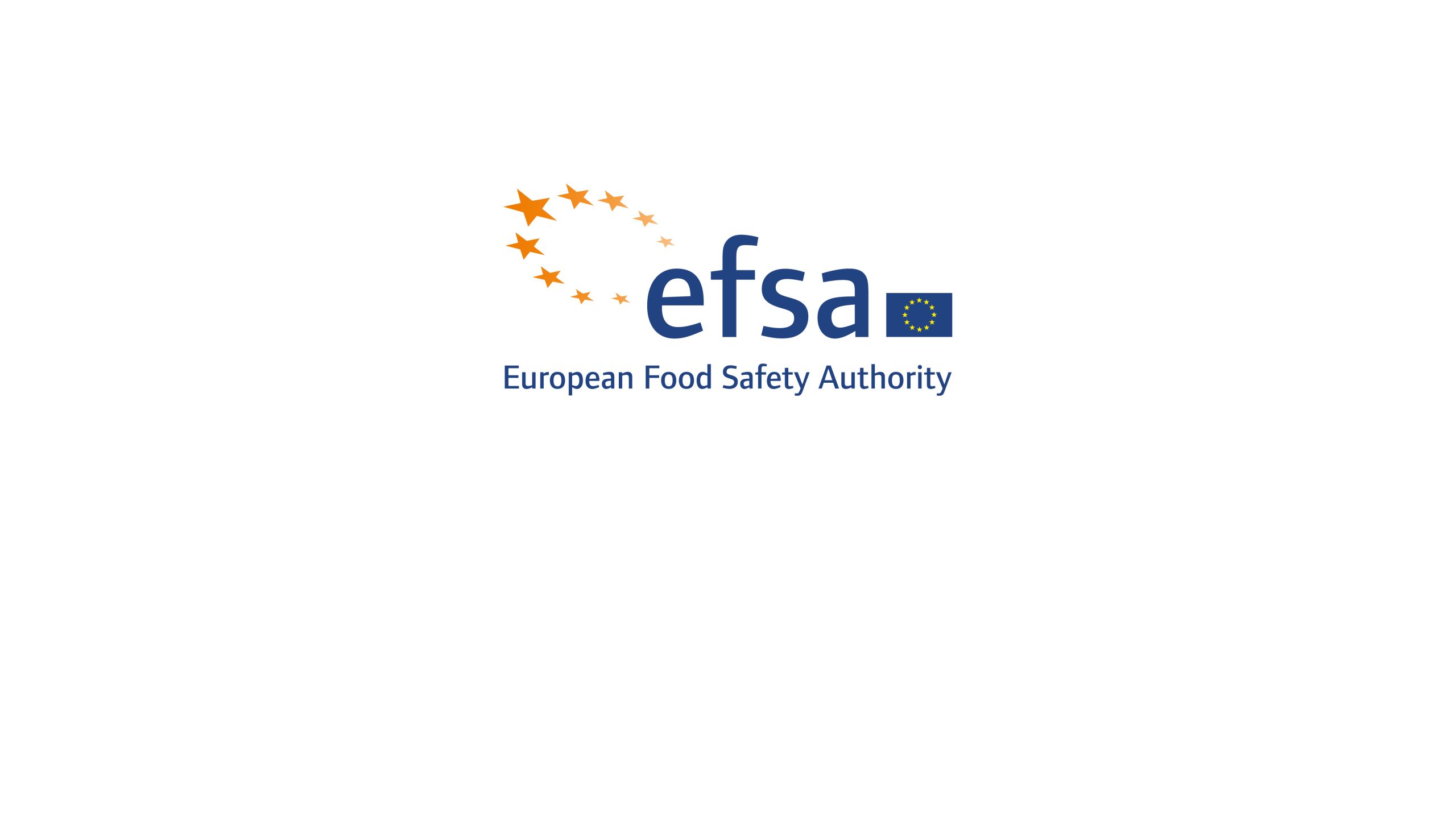When
chemicals
mix
Assessing the risks to humans,
animals and the environment
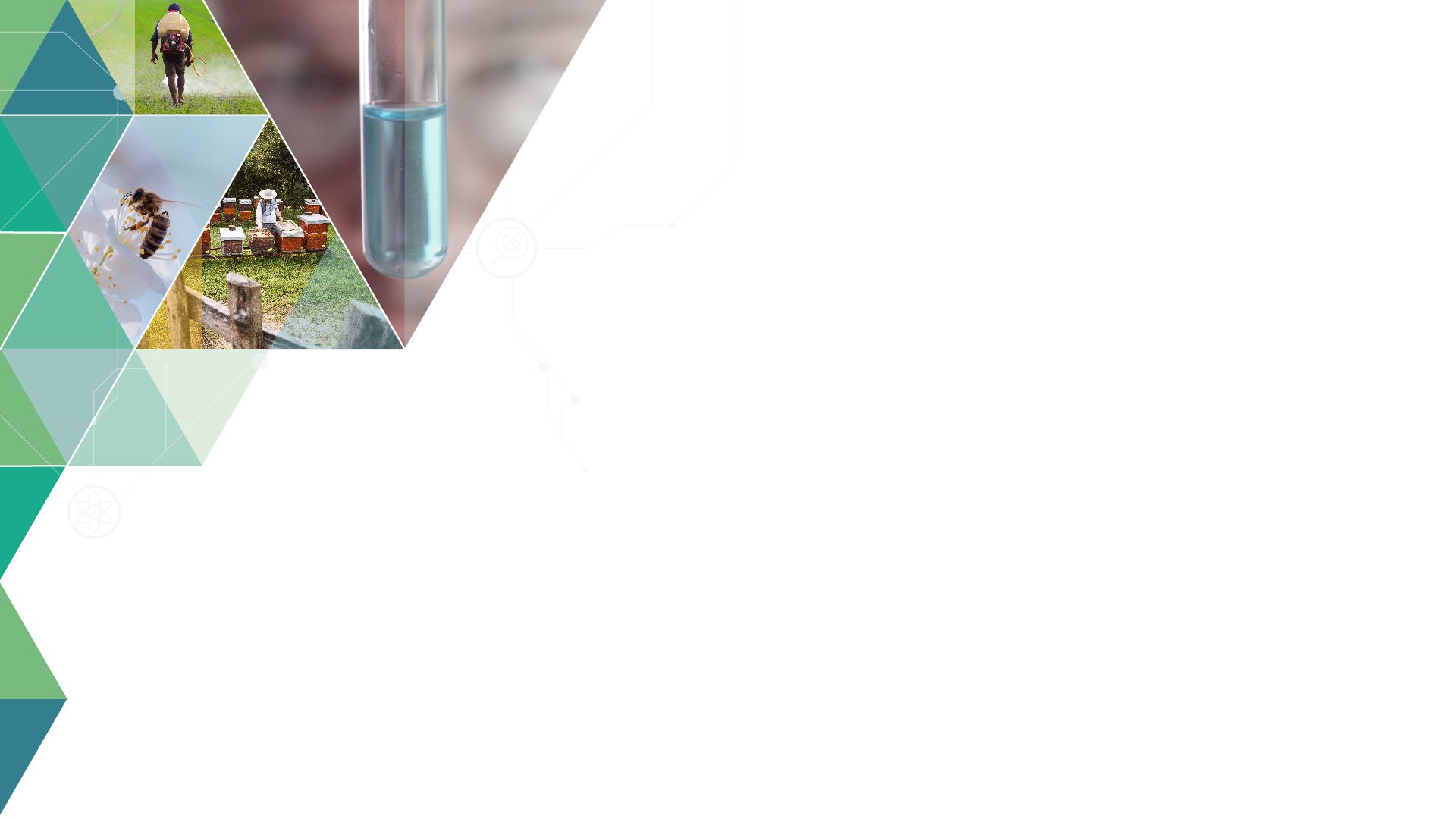
Everything physical in our world is made of chemicals.

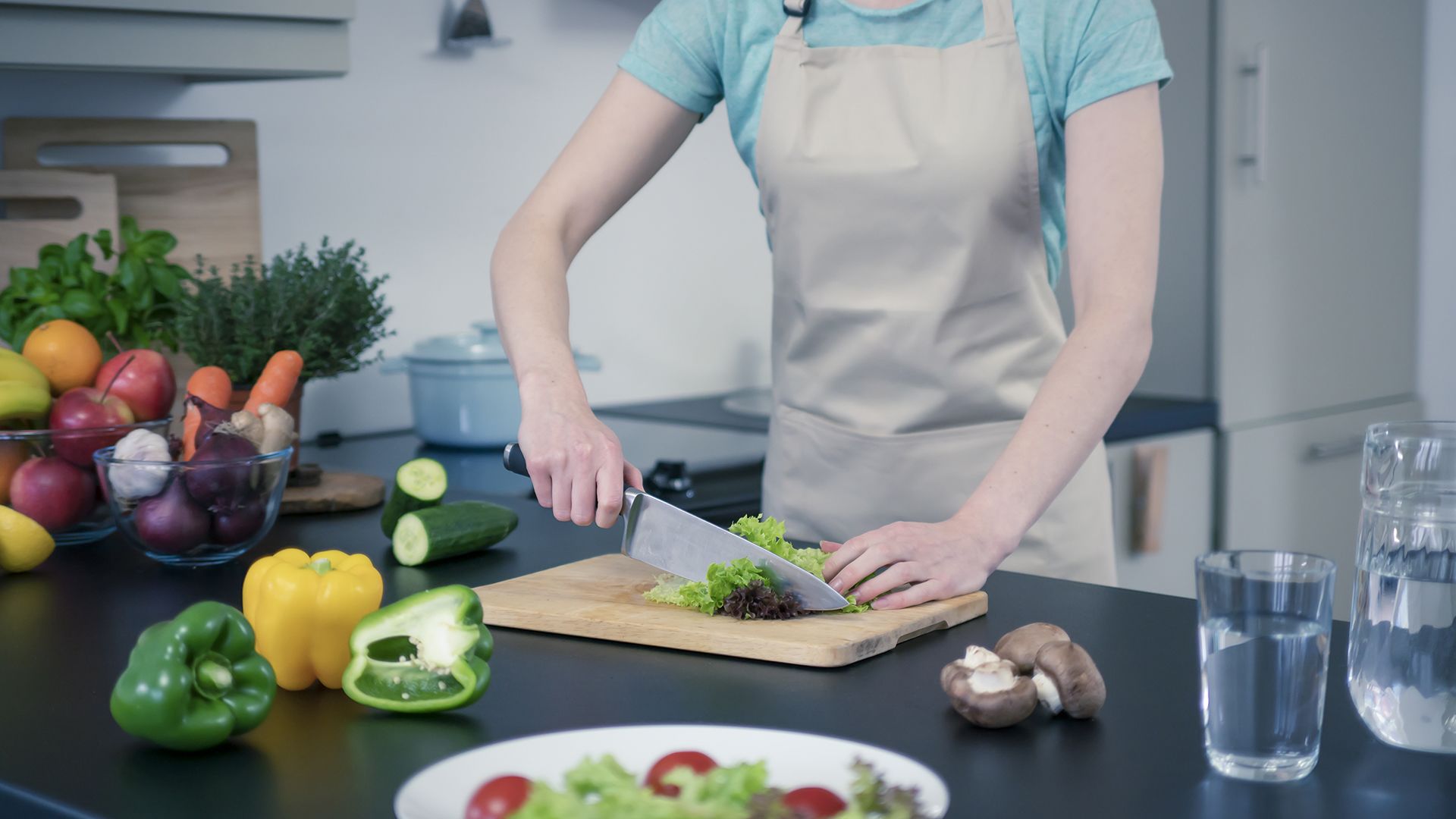
People, our homes, the air we breathe, our food and the water we drink.
All are made of chemicals.
.
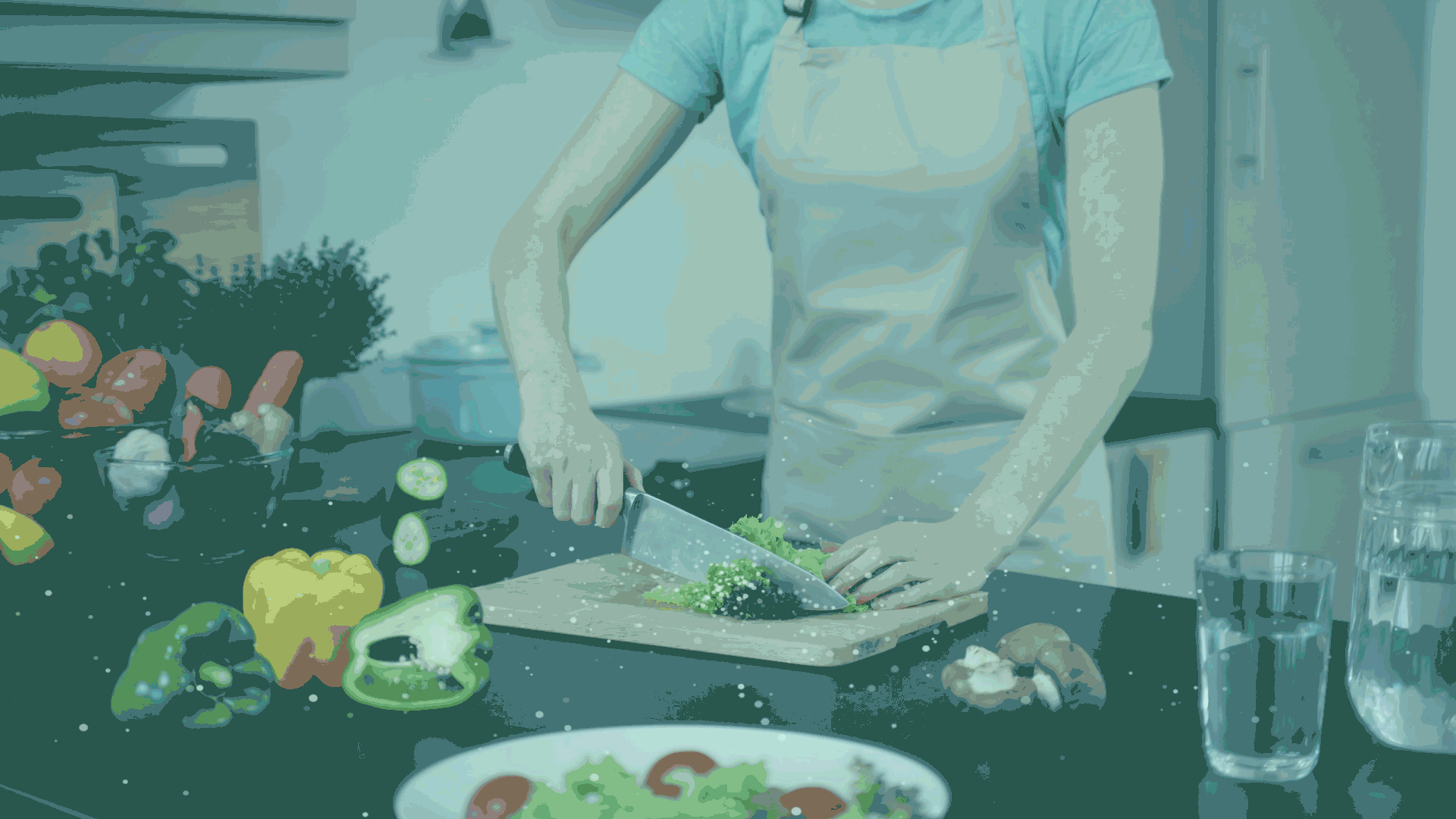

But some of them can harm our health or the environment.
EFSA scientifically assesses the chemicals in food and feed to determine if each one is safe.
EU regulators use our scientific advice to decide if the chemical can be present safely in the food chain, and at what level.
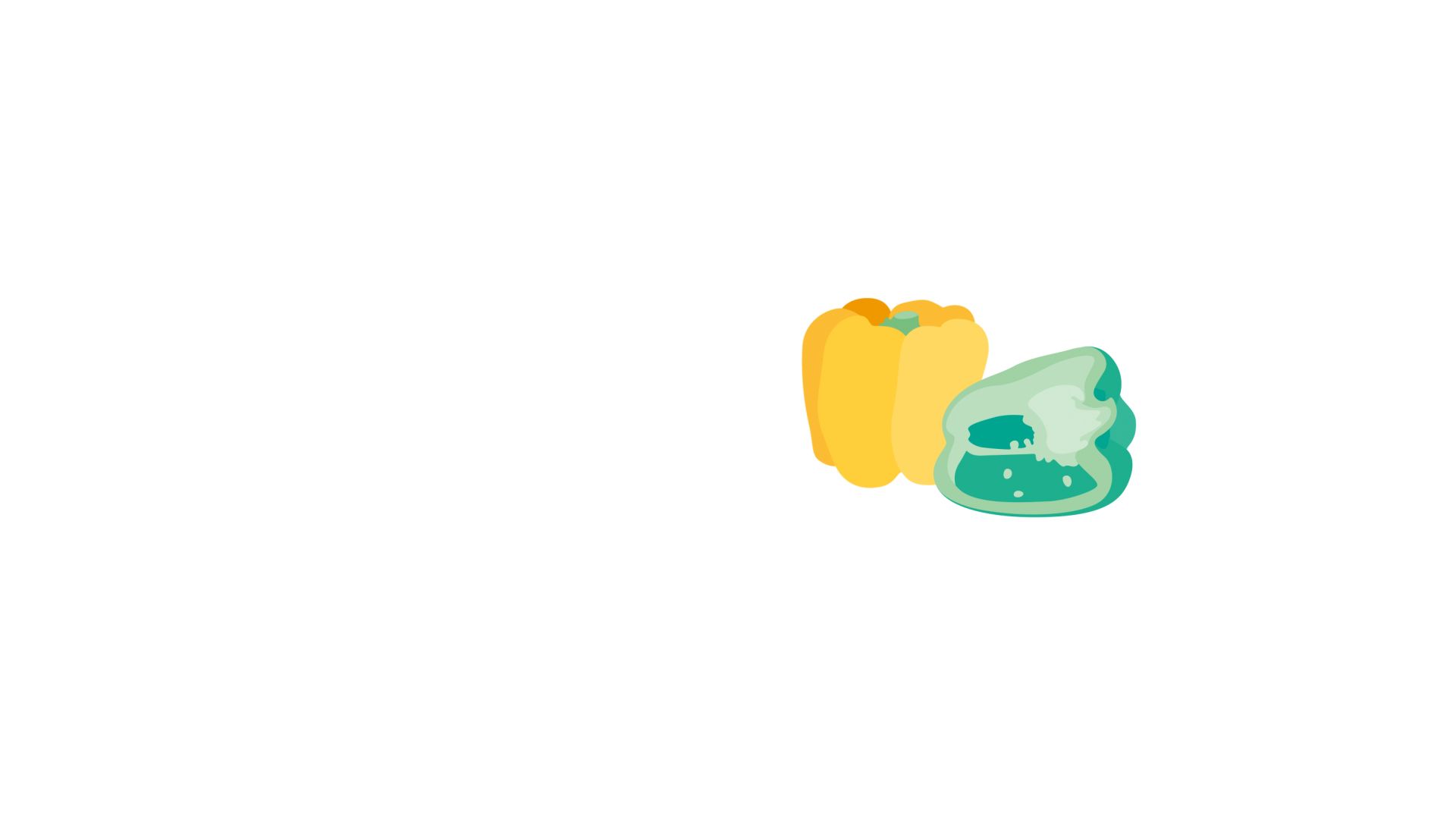
But some of them can harm our health or the environment.
EFSA scientifically assesses the chemicals in food and feed to determine if each one is safe.
EU regulators use our scientific advice to decide if the chemical can be present safely in the food chain, and at what level.

When chemicals mix,
are they safe?
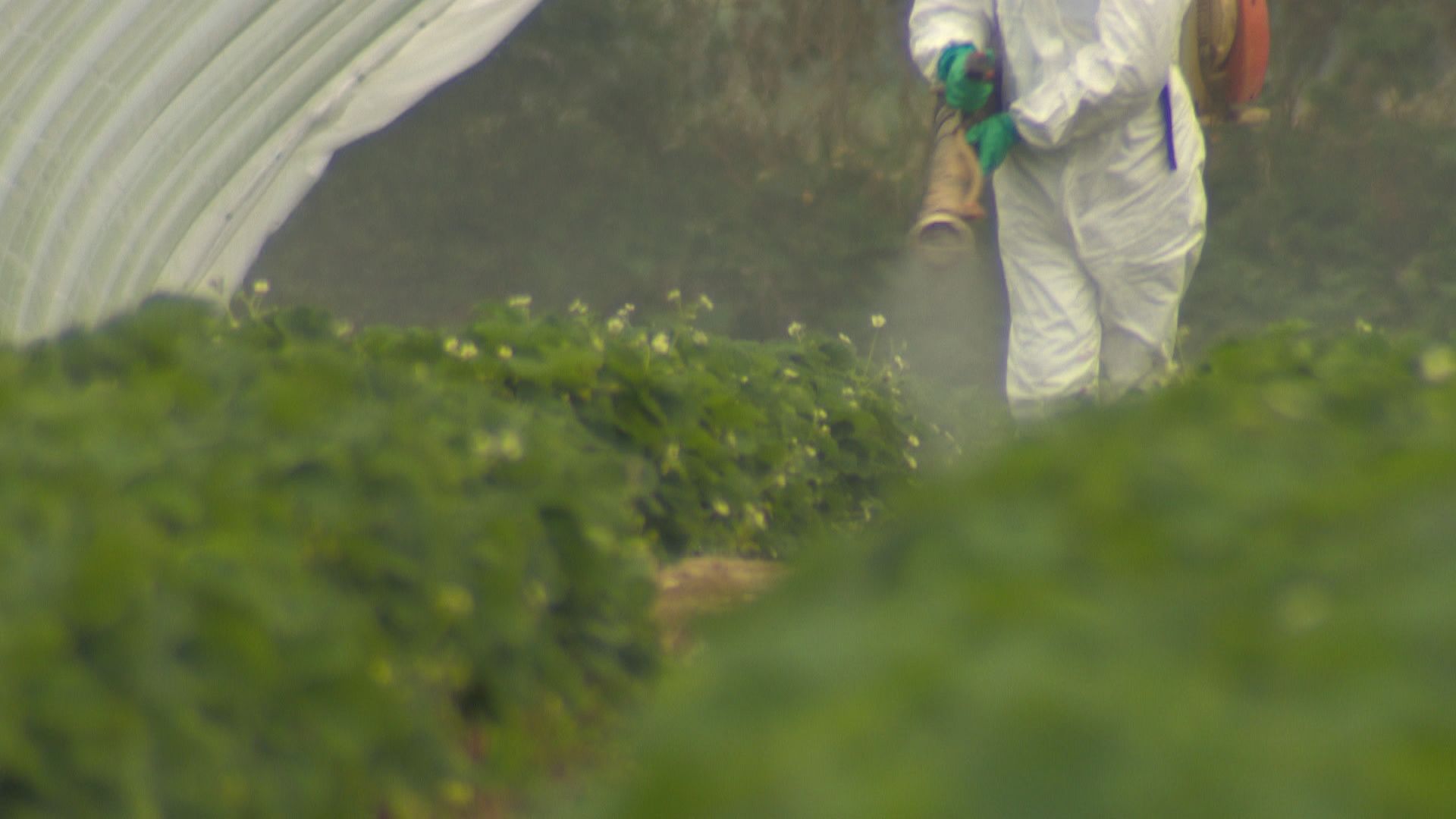
We mainly assess the safety of chemicals in food and feed one at a time, because most laws deal with single substances in particular sectors and circumstances.

However, both natural and man-made chemicals exist side-by-side in the everyday world. We are in contact with "chemical mixtures" from different sources every second of every day.
In some cases, the chemicals in these mixtures might combine in a way that changes their toxicity, i.e. how they affect health.

However, both natural and man-made chemicals exist side-by-side in the everyday world. We are in contact with "chemical mixtures" from different sources every second of every day.
In some cases, the chemicals in these mixtures might combine in a way that changes their toxicity, i.e. how they affect health.
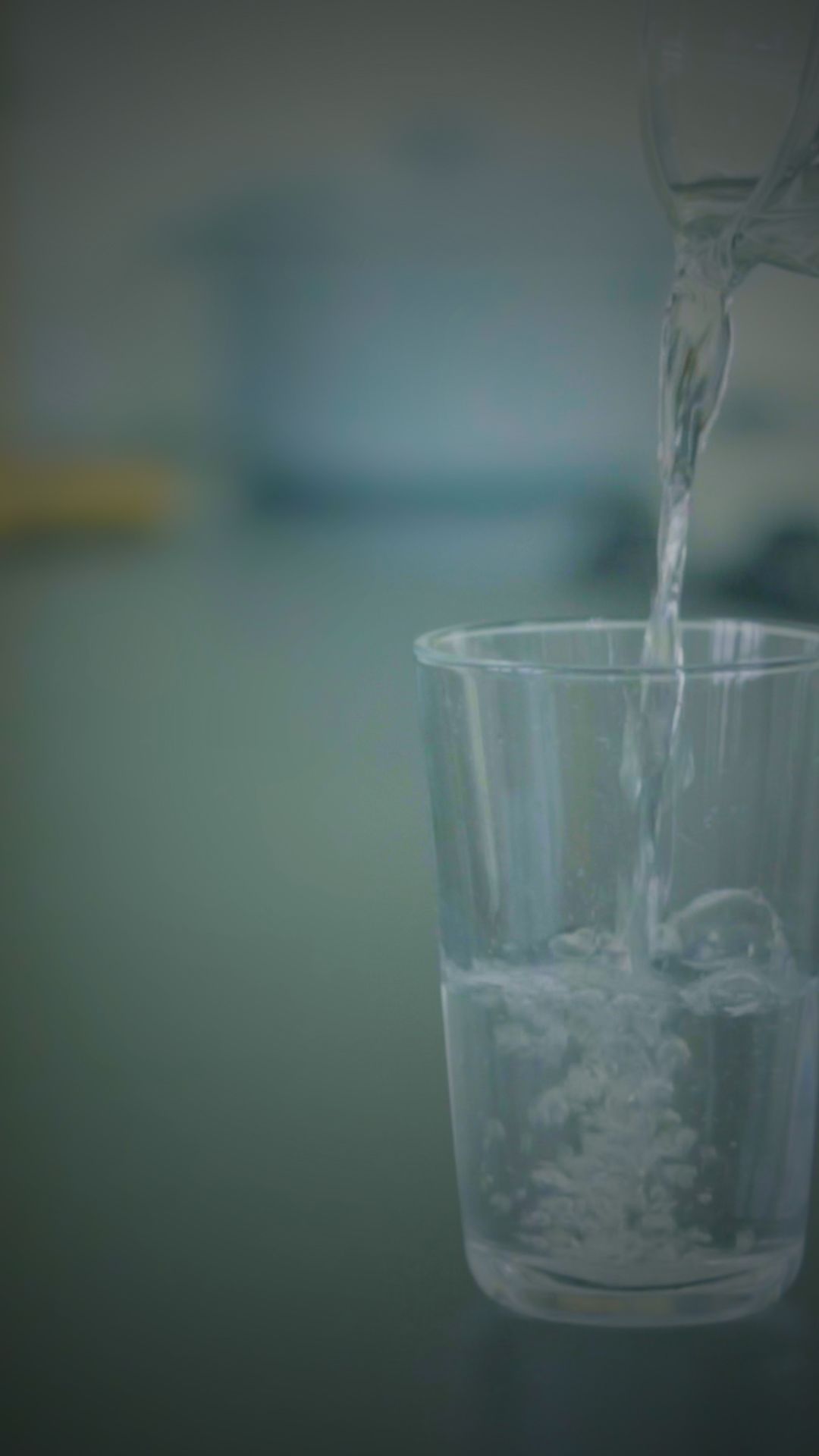
But there are an infinite number of possible combinations of chemicals so it is important to know which mixtures to assess.
Scientists are developing new ways to assess chemical mixtures so that people, animals and the environment are safe. How is this done?
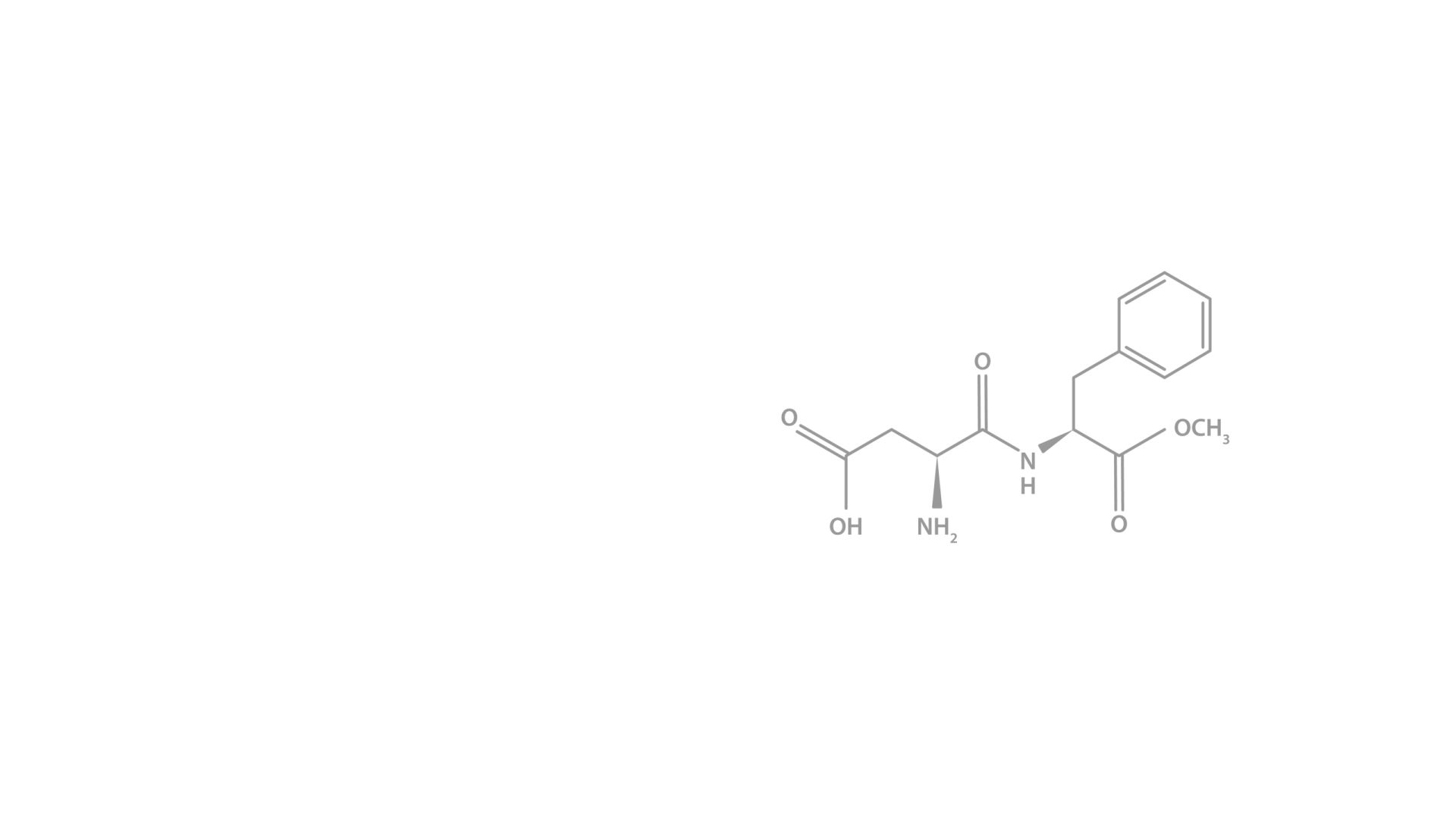
But there are an infinite number of possible combinations of chemicals so it is important to know which mixtures to assess.
Scientists are developing new ways to assess chemical mixtures so that people, animals and the environment are safe. How is this done?
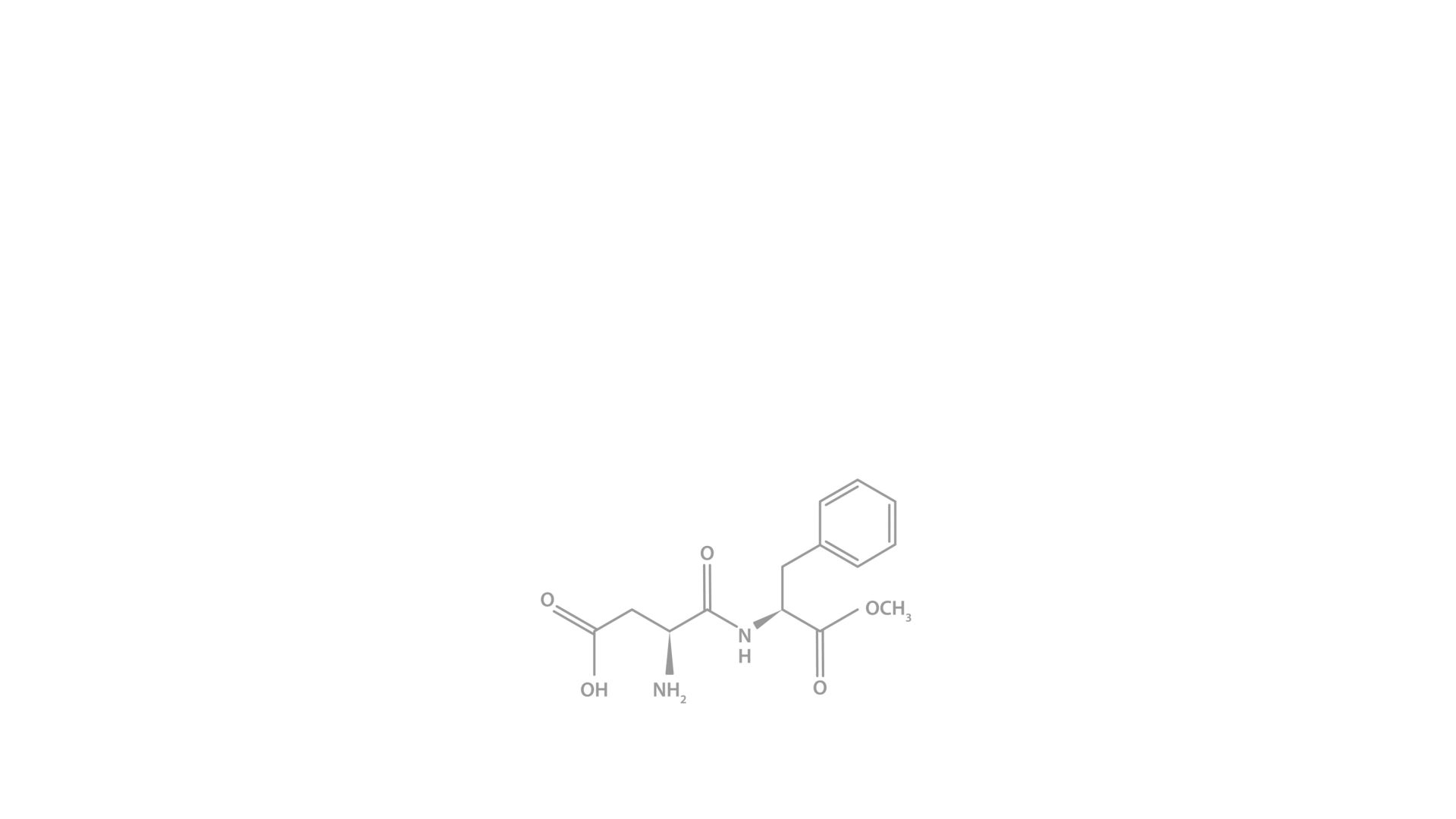
Estimating exposure to chemical mixtures
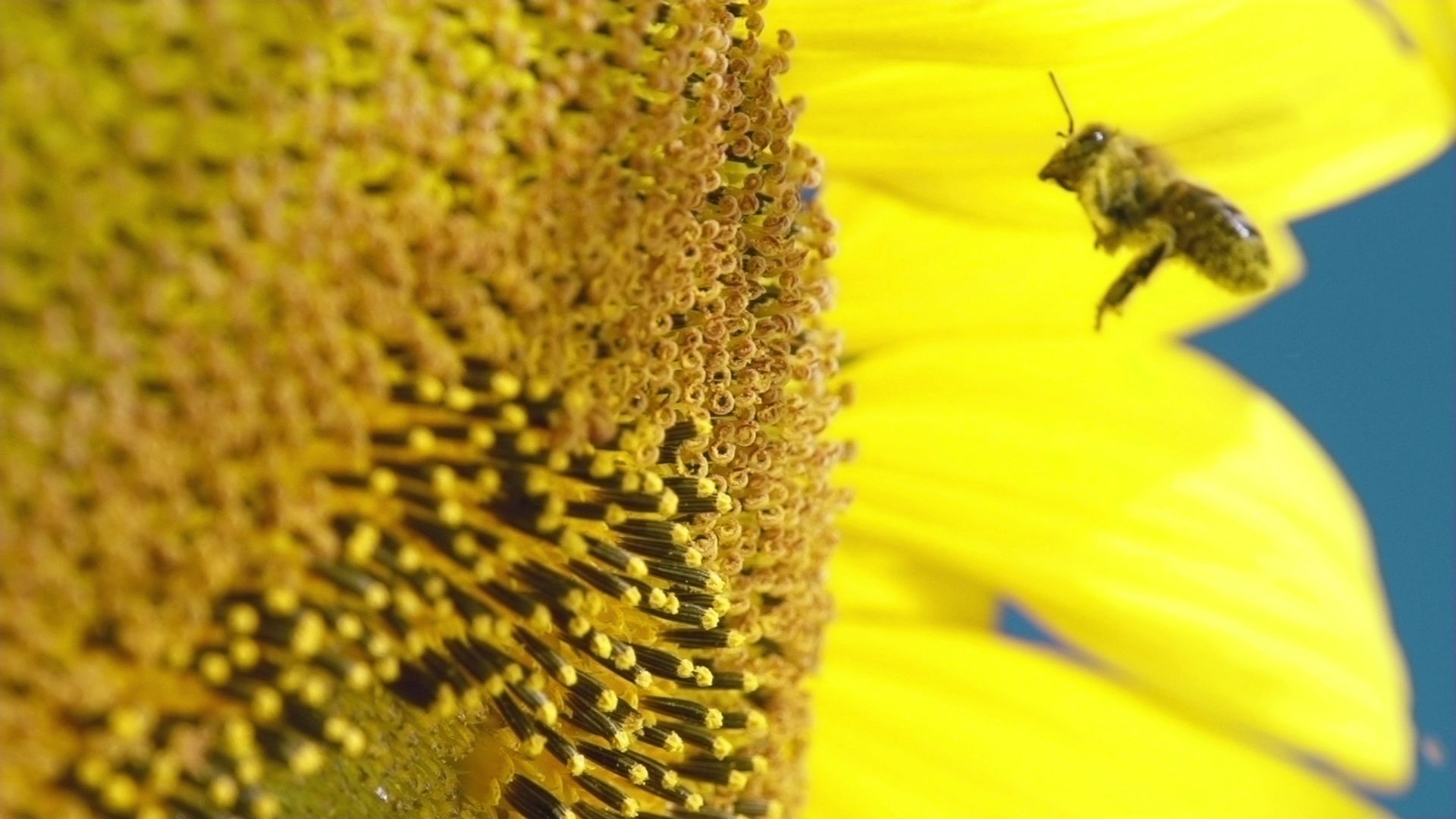
People, farm animals and wild animals come into contact with different chemicals through their diet.
For example, crops contain naturally-occurring chemicals such as fibre, magnesium or phosphorus, as well as natural toxins produced by moulds or weeds.
Man-made chemicals such as pesticides and environmental pollutants might be there too.

Pesticides, plant toxins and metals may also be present in fruit and vegetables.
Sometimes this can affect farm animals like chickens and pigs, wild animals like birds and insects, and also people.
Some of these combinations of exposure need to be assessed together.

But how do we choose which ones to assess?
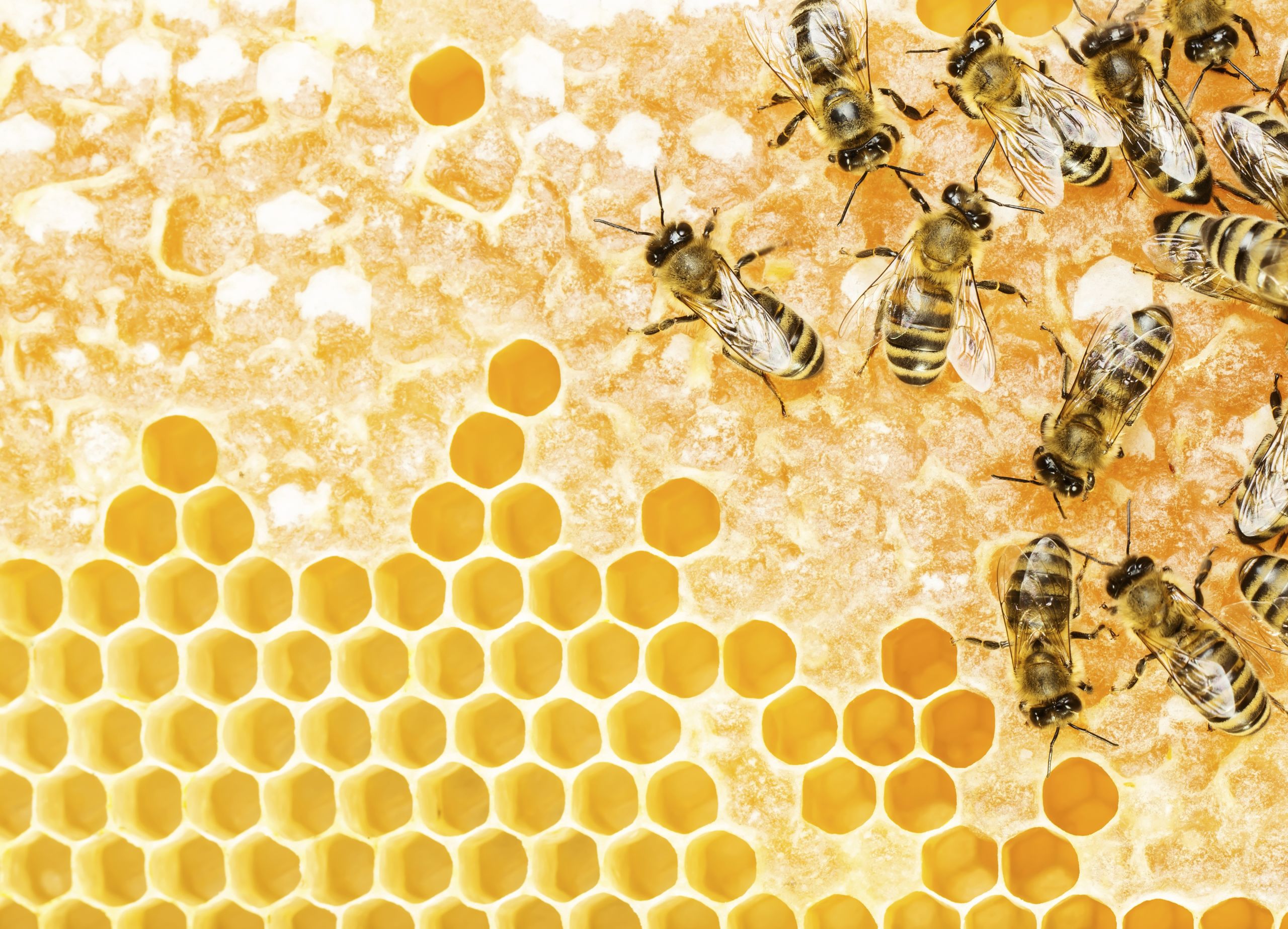
Scientists start by asking...
Who is exposed? And by how much? Are people affected, or farm animals or wild animals like bees?
Is exposure just once or for a short period (e.g. a single serving or meal)...
Or does it happen over longer periods of time, for several years or even a lifetime?
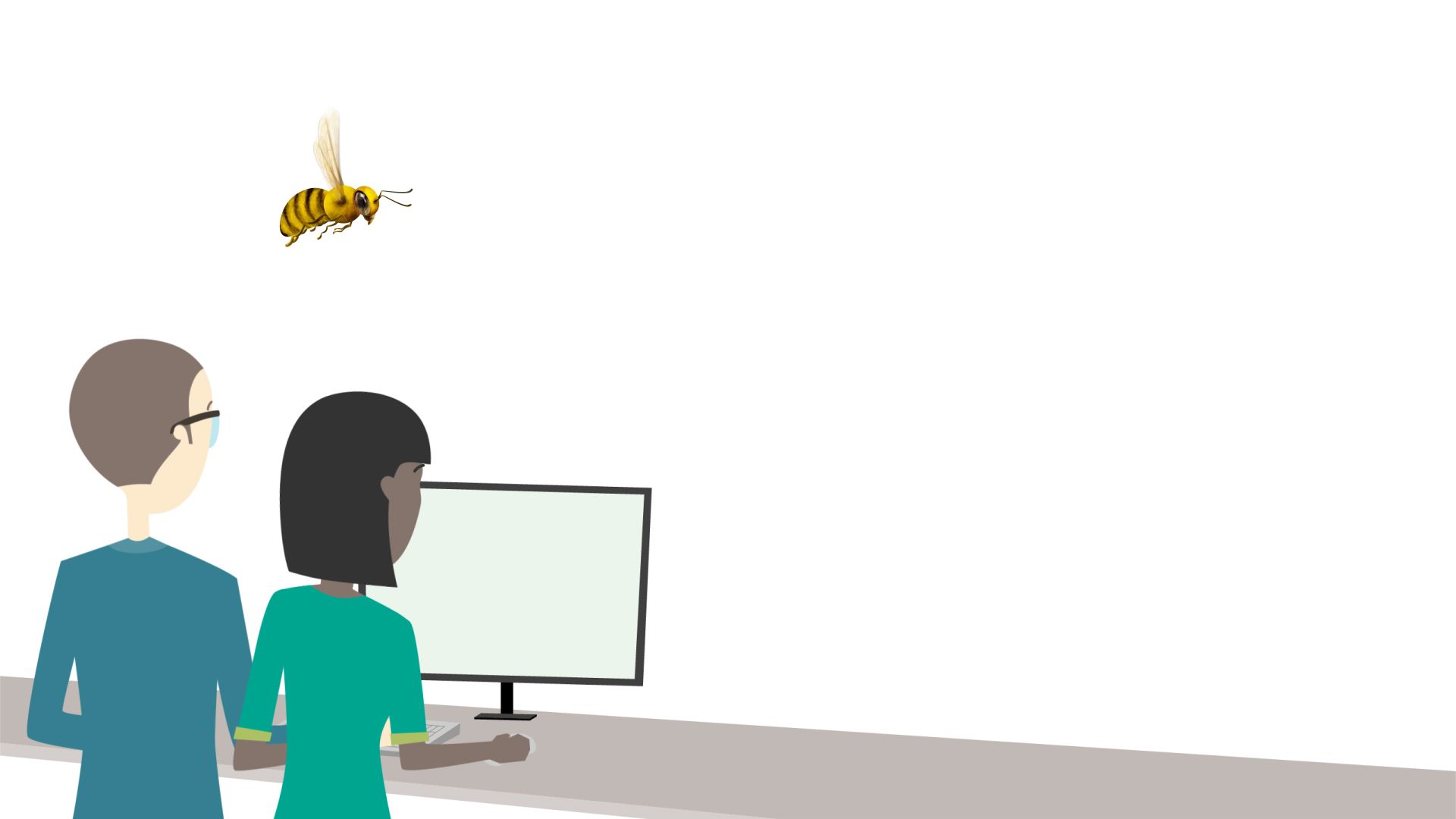
An example of frequent exposure is the food we eat often.
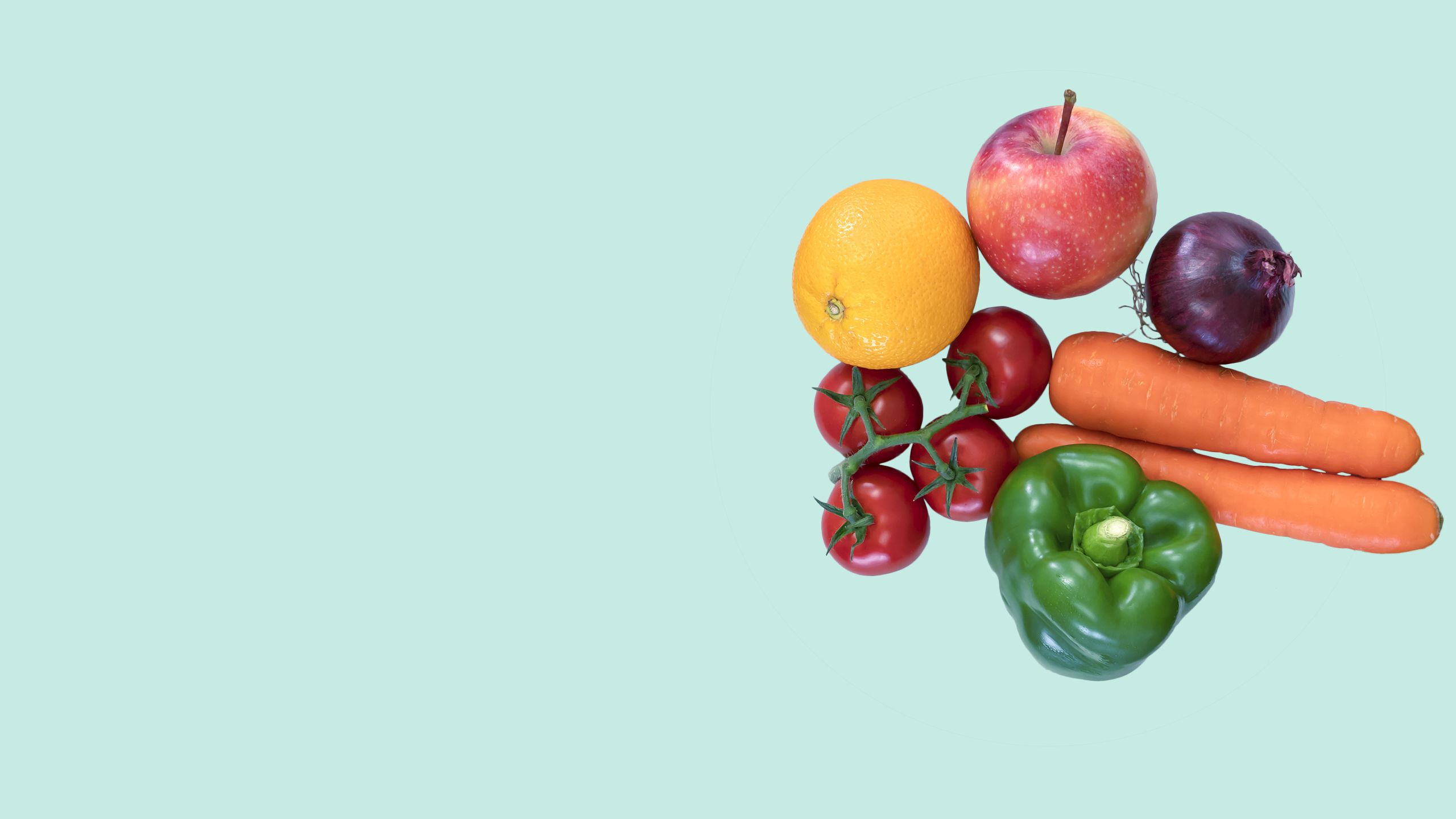
For example, common fruit or vegetables might contain a mixture of nutrients like proteins, man-made substances such as leftover residues of pesticides or additives, and natural toxins such as those produced by some moulds.

It might also be served on a ceramic or plastic plate, from which tiny traces can migrate onto the food.
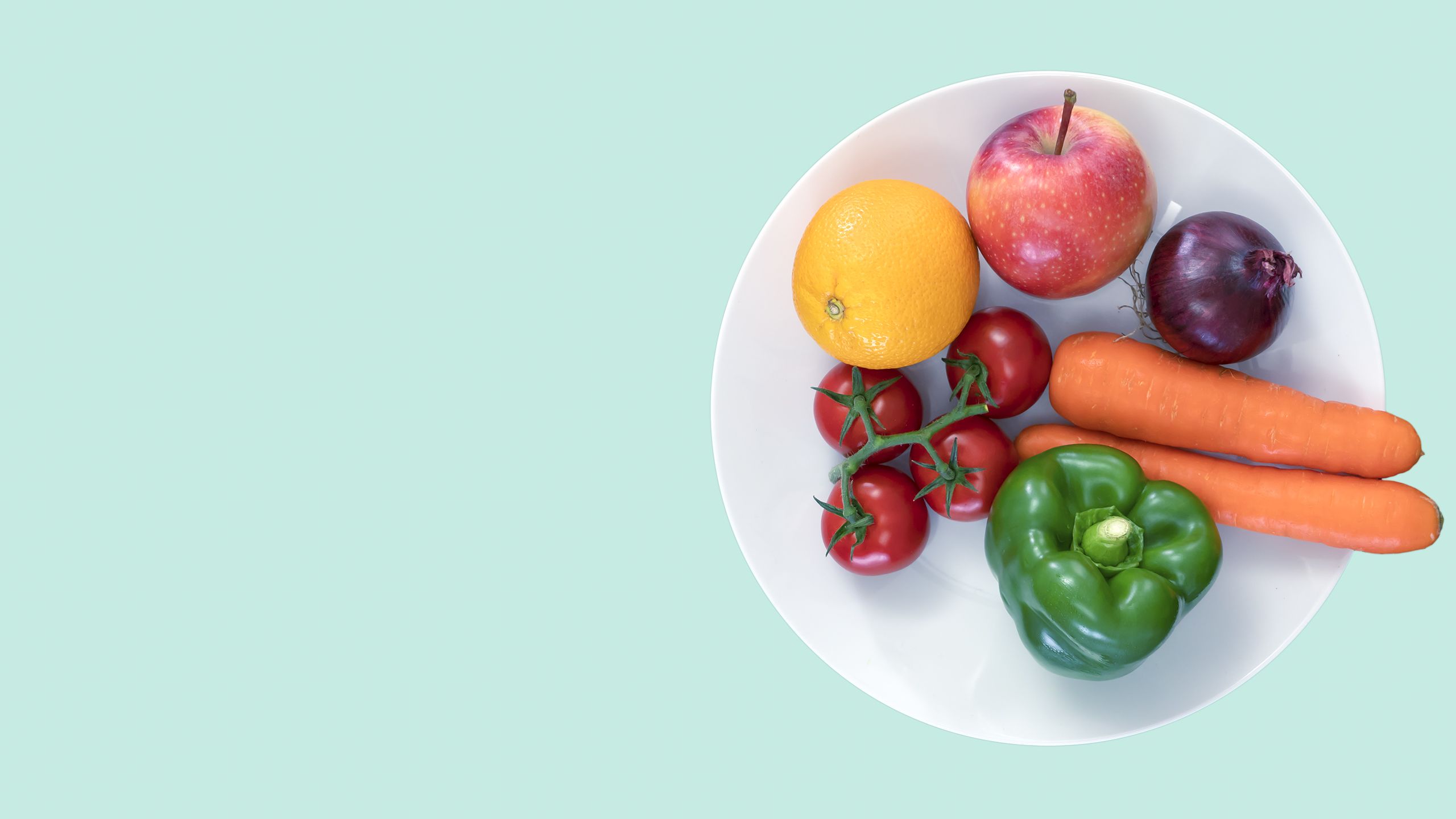
A one-off exposure might be less common but have more immediate consequences such as environmental contaminants getting into crops after a factory fire.
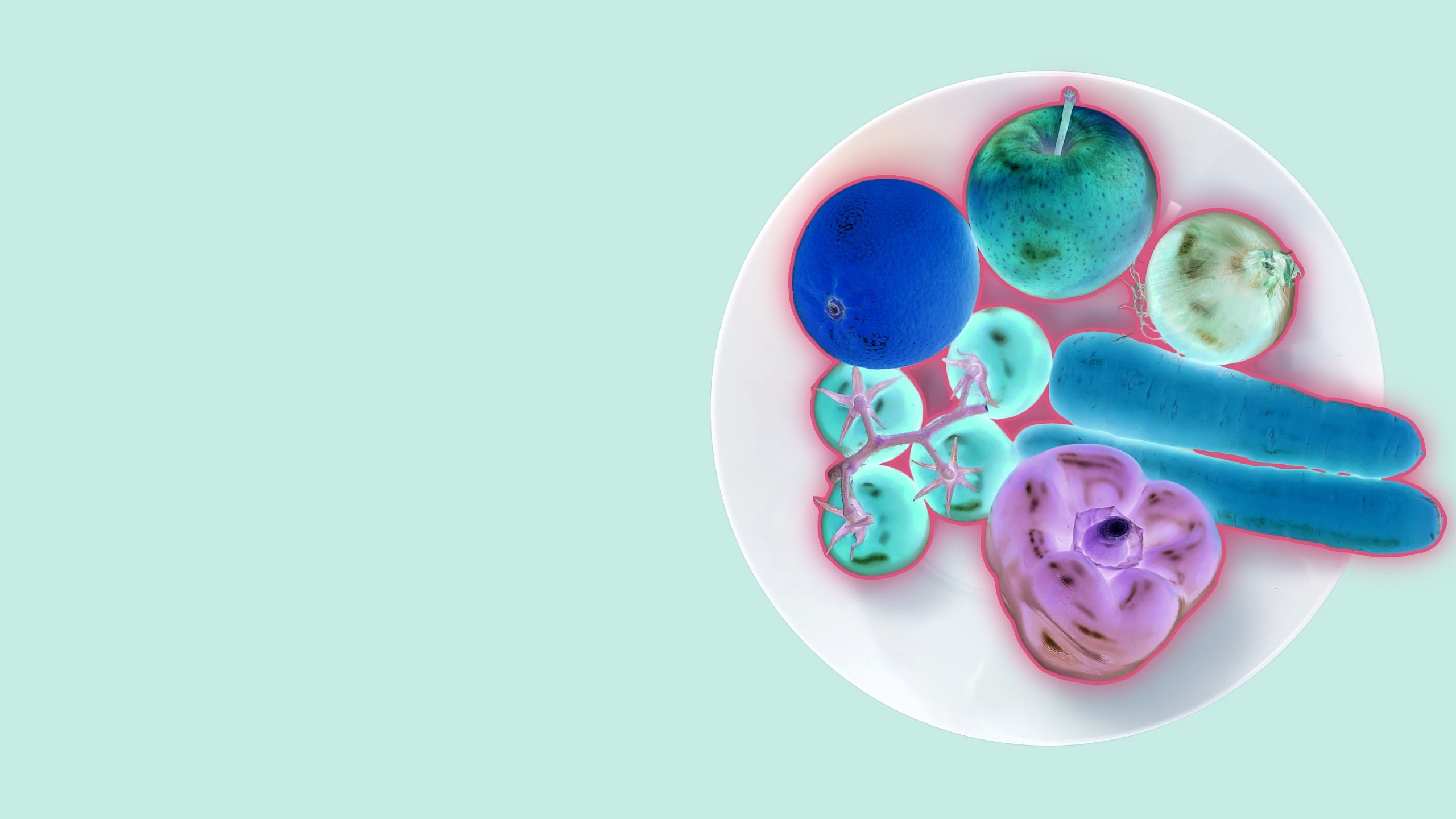
Next, we consider the toxicity of the mixture.

When chemicals mix, how do their effects change?
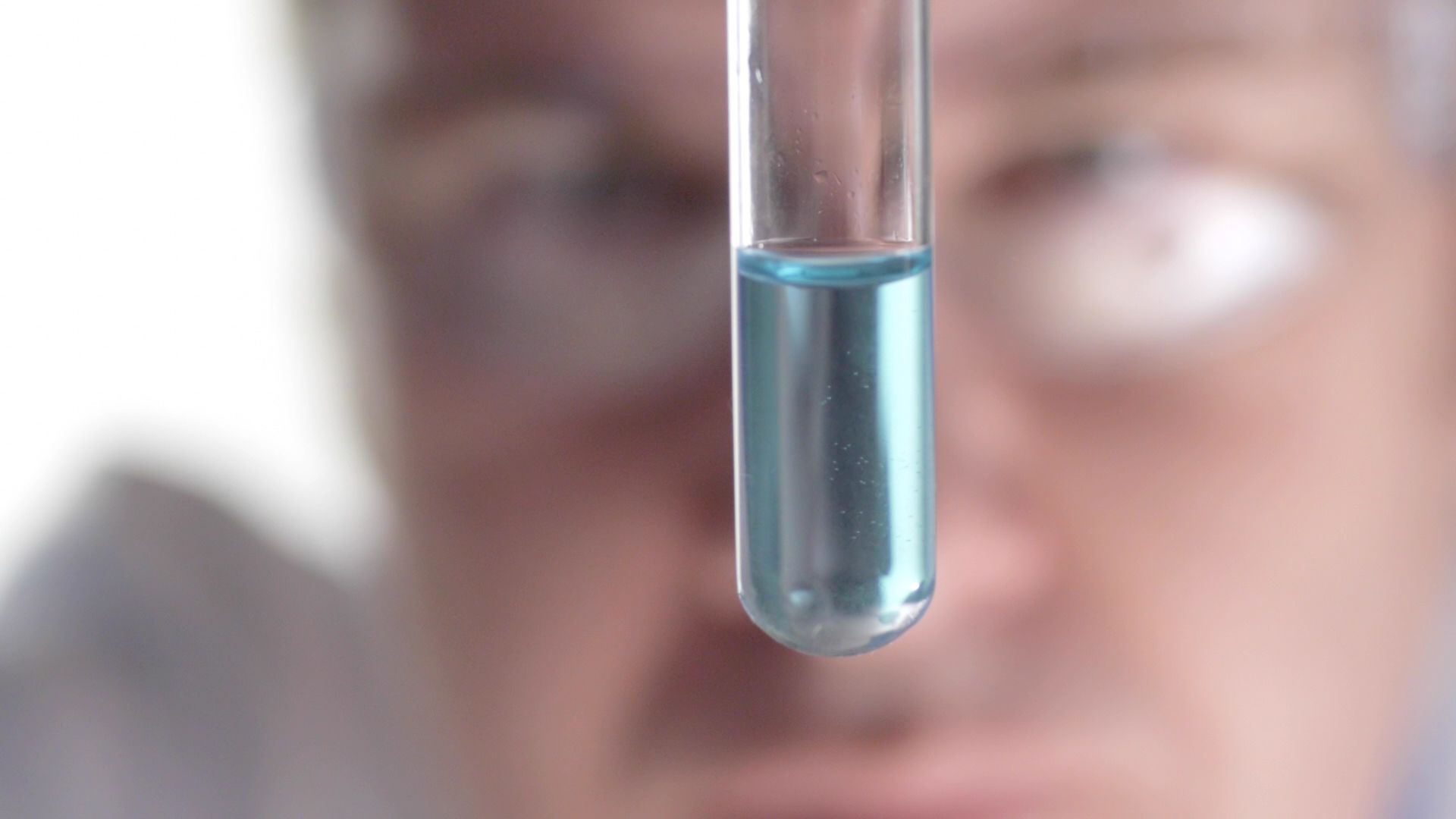
Chemical toxicity varies among people and even more between different animal species.

Also, human and animal biology influence how chemicals behave when they are inside us.
For example, a chemical may be absorbed and metabolised quickly in a human's gut, but might remain in the body of another species for longer.
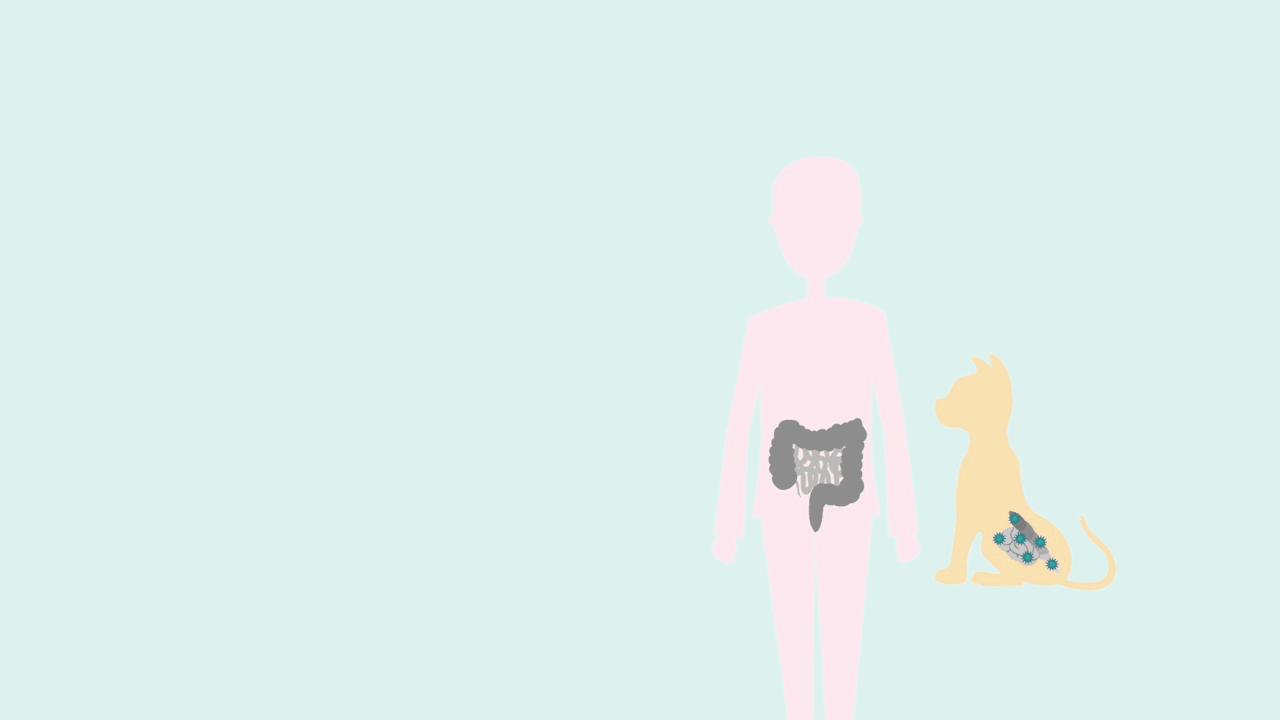
When chemicals mix, their combination can increase or decrease the overall effect, or even lead to different effects.
Chemicals that behave similarly may produce larger effects when added together than individually.

Chemical mixtures in rice, seafood and bread
EFSA recently looked at three food contaminants that cause liver damage.
Levels of the contaminants in rice, seafood and bread were measured and then the risk was estimated for consumers eating all three food types together, being exposed to all the contaminants at the same time.
Even when combining total intake of all three contaminants, their combined impact still did not increase the risk to consumers above safe levels.
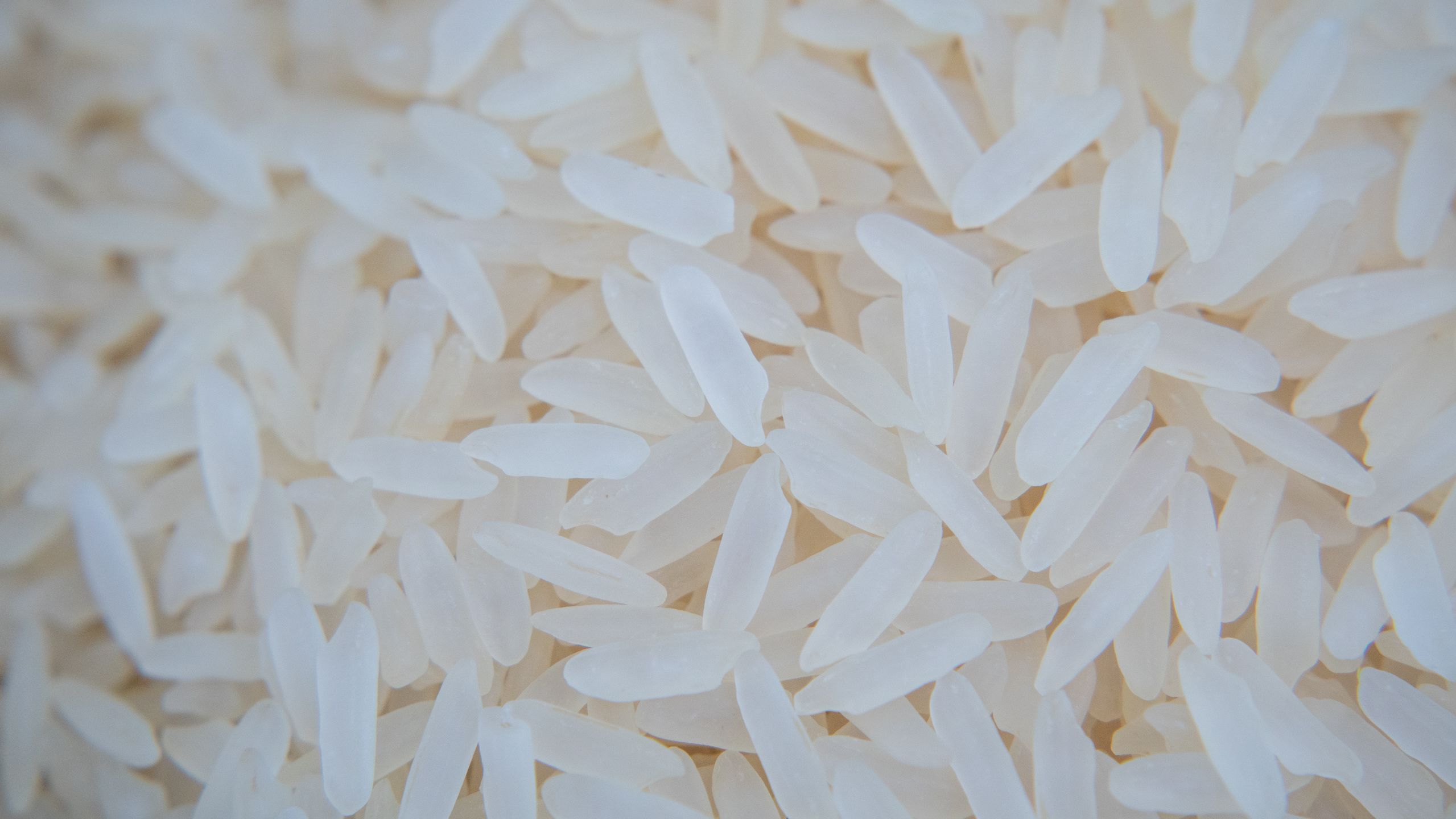
When the toxic effect increases
Melamine is used in plastics and fertilisers, cyanuric acid in bleaches and disinfectants. When combined the toxic effect increases (a synergistic effect) and causes kidney failure.

In a food fraud case, high levels of this mixture were added to pet food and many animals died.
After this, EU regulators set very low levels of these two contaminants, based on EFSA’s scientific advice, to reduce the risk of this happening again.

Now and tomorrow
Assessing chemical mixtures is a priority for EFSA and our national partners. Together we are making progress on pesticides, contaminants and in other areas.
Using new technologies and the best science available, our work supports Europe's policy-makers to protect consumers, animals and the environment.

Learn more about our work on Chemical Mixtures
www.efsa.europa.eu/chemical-mixtures
Are you finding this website useful? Tell us what you think in our 2-minute survey.
